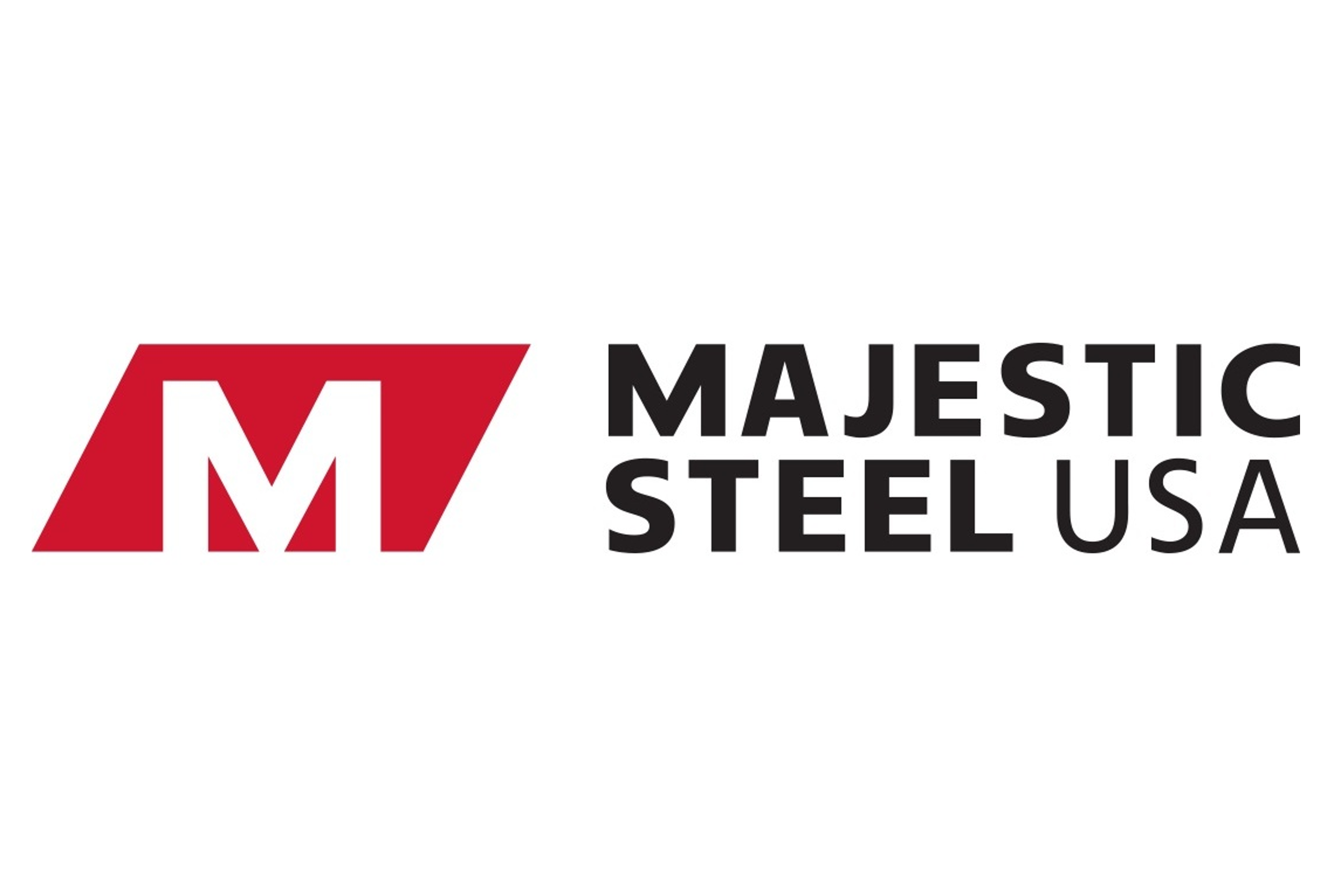Analysis
July 25, 2024
Final thoughts
Written by Michael Cowden
SMU has heard from some larger buyers who have stepped back into the market to buy at prices that, if not at a bottom, they assess to be close to one.
Is it enough to stretch out lead times and send prices upward again? Or do we continue to scrape along in the mid-$600s per short ton (st) as we have been doing for most of the last month?
To assess that question, I pinged contacts across the supply chain and received a range of responses.
“I thought we were at a bottom, and we’d bounce back up – but we just seem to stay at the bottom,” one service center source said. He said prices were flat at low levels because of “sluggish” demand.
“I see a little light at the end of the tunnel. … Customers sense that it won’t get much lower and are starting to buy again – so the downside risk is less than the upside risk,” another service center executive told me.
“We have seen a huge number of players enter the market over the last week and make larger-than-typical buys,” a mill source said. “These buyers do not make these kinds of buys with prices set to fall further.” But he also noted that his company had seen that for downstream products and not yet for HR.
That’s a wide range of opinions. I think I fall somewhere in the middle. Personally, I don’t see how it goes much lower. Below are some musings on why.
Where the big tons are
SMU’s spot price for hot-rolled (HR) coil is $635/st on average. Let’s say your average contract discount is 6-8%. That puts contract prices at about $585-600/st.
We’ve heard of some larger transactions (think 15,000-20,000 tons) within roughly that range. We’re not 100% sure where the really big deals (think 50,000-100,000 tons or more) have settled. But safe to say that it’s in the $500s.
Our understanding is that domestic mills aren’t making money at numbers like that. Some, I’m told, have stopped taking spot business below $600/st. What’s the point? they might ask. It only risks dragging contracts into breakeven or even loss-making territory. And who runs a business to lose money?
Our latest survey results (see slide 16 here) didn’t show any evidence of mills drawing a line in the sand. But I’m curious to see whether we might see mills less willing to negotiate lower prices when we conduct our steel-market survey next week. I would almost be surprised if we didn’t.
(Editor’s note: Full survey results – including mill negotiation rates – are available only to premium members. Contact our head salesperson, Luis Corona, at luis.corona@crugroup.com if you’d like to subscribe or to upgrade from executive to premium. )
What’s next?
In past cycles, I would have said that’s an easy call. Mills will announce a price hike soon. And then we’ll turn our momentum indicator to neutral as we try to determine whether it will stick.
But the dynamics around price increases have changed over the last year. Namely, Nucor has introduced a weekly spot price. And Cliffs posts a minimum spot price once a month.
When prices dropped and then popped last fall, we saw domestic mills announcing consecutive price hikes of as much as $100/st apiece. (Check out September-December 2023 in SMU’s price announcement calendar.) That sent a pretty clear signal to the market that, whatever you thought the price was, it’s higher now.
A similar signal in the current market might be Nucor announcing a higher price on Monday and then Cliffs following with an increase as well. But it might not be that simple.
Nucor’s consumer spot price has been around since early April. We’ve seen some significant week-over-week declines. Down $60/st on June 10 and down $35/st on June 24, for example. We’ve seen only modest week-over-week increases. Could we see a significant increase from Nucor on July 28? Or is that too much to expect from a price that is based in part on transactions from the prior week? I don’t have the answer to that.
When it comes to Cliffs, its last published HR price was $720/st. The steelmaker announced that with the opening of its August order book on June 25. Some mills are still in mid/late August when it comes to lead times. Others are into September. I’m assuming that Cliffs is somewhere within that range and so will probably be announcing new pricing for September soon.
Price have drifted lower since Cliffs announced that $720/st target price in late June. So if it were to hold at $720/st down for September, that would be a sizable increase in practice. But would the market perceive it that way? What if the September HR price target price were $700/st? That would still be a healthy increase from where we are now. That said, would the market see it as a decrease vs. last month despite that?
Those mechanics aside, I think the question is more when and how an increase is announced or signaled rather than whether.
The maintenance outages cometh
It’s worth noting that SSAB Americas pulled forward a maintenance outage at its plate mill in Montpelier, Iowa, from Q3/Q4 to entirely in Q3. The company, as Laura Miller reports, noted poor market conditions in the US plate market. (Albeit ones that it thinks will improve in Q4.)
That echoes what I’ve heard from some of you on the sheet side. Let’s say business improves some as buyers, sensing a bottom, come back into the market. And let’s say we start to see some fall maintenance outages come into play.
I don’t know that that’s a recipe for prices spiking higher as we’ve seen in past cycles. But it would be a reminder that just as prices don’t rise forever, they don’t fall forever either.
SMU Steel Summit: Aug 26-28 in Atlanta
I checked back to see what I wrote in Final thoughts a year ago.
Some of it seems quaint now. Could spot HR prices, then at $830/st, really fall below $800/st – as contract prices already had? But some of it could be re-run verbatim today. Nucor, for example, predicting weaker earnings in the third quarter even as Cliffs predicted better times ahead.
I also wrote then that more than 1,100 people had registered to attend Steel Summit. A year later, and despite market ups and downs, that’s still true.
So if you haven’t registered yet, what are you waiting for? We’re just a month away! (The full agenda is here. And you can register here.) And if you have registered already, log into the conference app and start networking!







